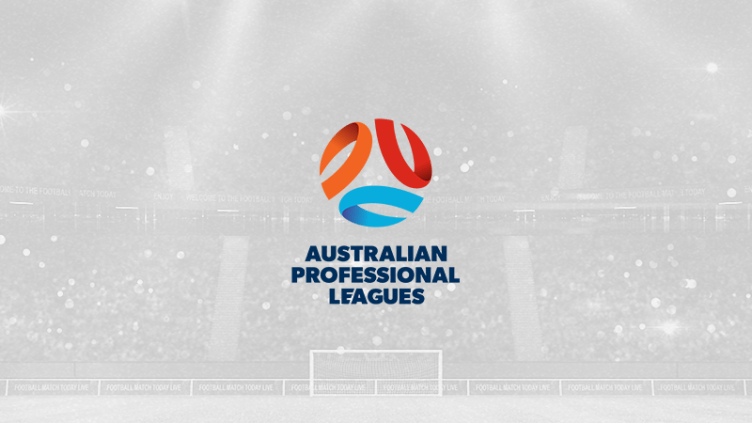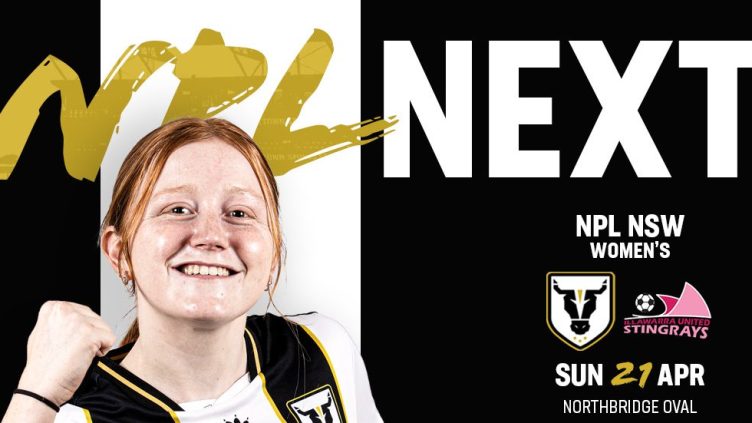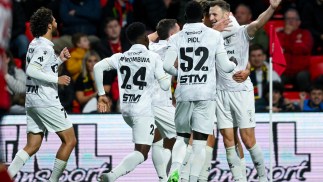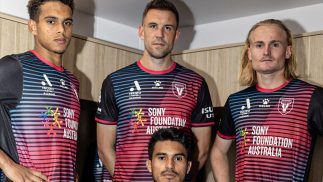You could call it a coming of age, or independence, or D-Day… but whatever it’s dubbed, December 31 2020 will forever be one of the most quietly significant dates in the history of football in Australia.
On the day the A-League and W-League (and Youth League and e-League) formally and finally step away from the control of Football Australia, it’s not just their Christmas decorations being referred to when the clubs speak of “unbundling”.
It’s hard to overstate the importance of the deal agreed in the last few days to give the leagues independence, and which brought to a head years of debate, discussion and negotiation. Among the thousands of words that will be written about the new future for the clubs, two – “self” and “determination” – are arguably the most important.
“For the first time we can run the professional league like a professional business,” said Western Sydney Wanderers owner Paul Lederer in his role as chairman of what is now simply called the Australian Professional Leagues.
“We will run it just like any business should be run. We will have professional people in every department, we will innovate.
“People make the difference and we will recruit the best talent. You will see a great deal of difference week by week, month by month. It’s a gradual process but I’m not a patient guy. We want to get on with this.”
For several years the clubs have argued that to invest properly in their product, they need to control the decisions that affect their environment. They have sought the right to establish their own commercial deals, market their own product and create the sort of value that will attract further investment from inside and outside the game.
Ultimately everyone agreed, from Football Australia to the players union. If it’s true that formalising that agreement took a very long time, the devil is always in the detail. It’s worth noting that the deal itself is made up of multiple separate agreements comprising hundreds of pages.
Why? Because this is, as someone closely involved said privately, a once-in-a-generation change, and all sides had to get it right. The deal covers almost limitless scenarios into the future, and now the clubs can start planning that future in detail.
They have promised that with the “handbrake” removed, investment will follow – in the playing talent, in marketing of the competitions, in delivering new ways for fans to consume it. Several commercial deals have already been announced with symbolic timing, and the appointment of an independent chair is due to follow shortly.
In the short term, all focus is on the opening games of the new season, and the emergence of a new generation of talent both on the pitch and on the coaching benches. But the clubs are cognisant of the need to show they are doing things differently from the start, and to emphasise that they are backing their own product now.
Perhaps the biggest relief is that talk of boardrooms and negotiated deals and legal agreements can start to be sidelined, and the conversation return to football. This is a defining day, but the point of it is to build the game in Australia and get people talking about the action on the pitch once more.




